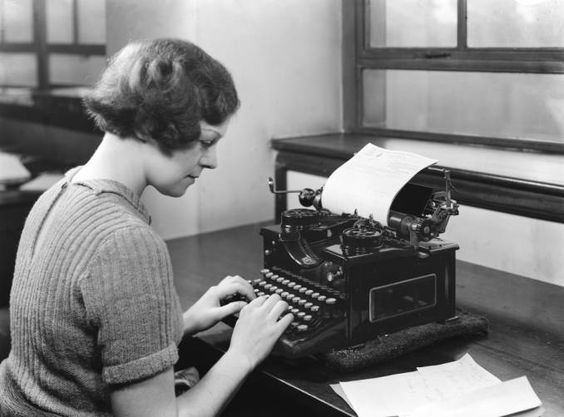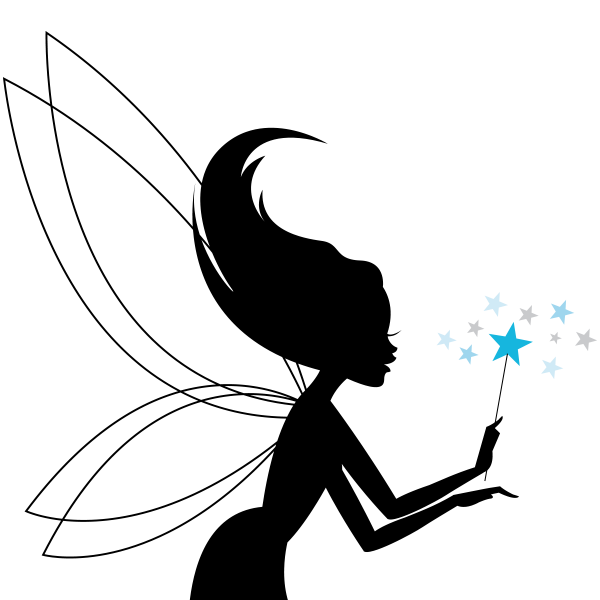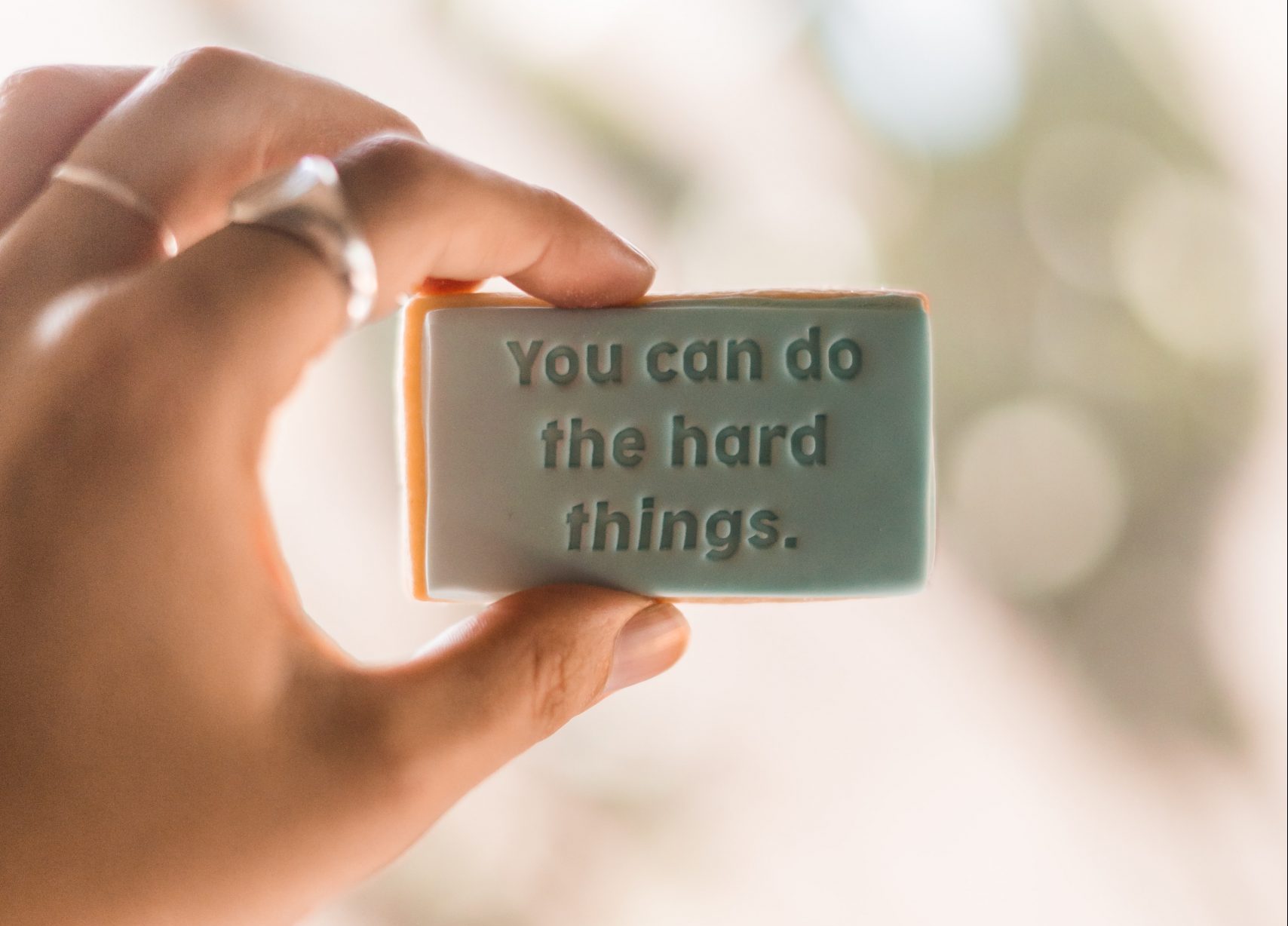We asked the Ed2010 and Talent Fairy community of current and former magazine editors to hark back to when they were whippersnappers learning how to shape a story. They waxed poetic about the good ole days and offered these some smart suggestions on how they mentor in today’s world.
“An editor I worked for at Glamour gave me inventory pieces and just let me mark them up! Then we’d go over my edits together. I also physically made all the edits to my bosses copy and would ponder each brilliant one from the then executive editor at the time!” — Elizabeth Goodman Artis, Editor-in-Chief, Shape and former editor at Fitness and Glamour
“It’s so important for writers to look at the finished copy as opposed to their raw copy and see what happened and how the editor changed the work. Did they add subheads? Did they cut down quotes or fix the lede? Even small admin stuff matters too — if they are working with H2 formatting in Google docs, then you should turn in your next piece in Google docs with H2 formatting. I also think playing the ‘How would I edit that’ game is helpful for young editors. If they read a piece they love (or hate!) online, take a few seconds and think about how they would have changed it, or what made their reading experience less than great.” — Anna Davies, freelance writer/editor and former editor at Cosmopolitan
“I like to try to get the writer/junior ed to do it rather than always just ‘fixing’ it myself — leaving a note like ‘instead can we say this in plainer English, something like XYZ, but in your own brilliant words of course!’” — Camille Chatterjee, Content Strategist at Johnson & Johnson and former editor at Women’s Health and Health
“I learned from writing and receiving feedback, asking questions about the motives behind that feedback, and creeping on every edited manuscript that ever made its way into my hands (often because I had to FAX it back to a writer!) As an EA at Glamour, my boss eventually asked me to start making an initial round of comments on some drafts before she even read them. These comments never went directly back to the writer, but it was a great learning experience to then see where my instincts were right (or wrong), talk about the piece together, see how writers incorporated the notes in the next draft, etc. This is something I now do with my junior staffers and we ALL benefit from it—I often learn from their perspective on a piece too!” — Kimberly Tranell, Editorial Director at Scholastic and former editor at Seventeen and Glamour
“When it came to teaching, I would ask my rising star(s) to be the editor for things and then I would edit their edits with them. Basically, be a top editor as the ed’s coach rather than the writer’s hierarchy.” — Christie Griffin Authier, freelance writer/editor and former editor at Cosmopolitan and Fitness
“I came up as an ME and learned a ton from inputting changes. Later, when I stopped doing most production stuff, everything still flowed through my office, so I read everything—all the editors notes and edits—at every stage. I was also lucky to be in most meetings, so saw stories develop from start to finish, even when I wasn’t the editor on them. Invaluable. And I also asked a few editors to teach me along the way and took on as much writing and editing as I could while doing ME work. Nothing better than learning over someone’s shoulder! I loved all those years of soaking up from insanely smart editors and writers.” — Sharlene Breakey, freelance writer/editor and former editor at Working Mother and New Woman
“I learned so much more making the fixes myself (however frustrating) than by just seeing a rewritten version in print. I do the same for my writers now by using Google doc’s comment feature so they can see and review my changes and comments and accept/address them directly. If it’s someone brand-new and there are a lot of company-specific things to address, I’ll do a separate email to let them know these are our own style quirks and things to look out for.” — Melissa O’Neil Gunning, Technology Communications, Editorial at Facebook and former editor at SELF and Allure
“I pulled up my chair next to [my editor] when I was an ASME intern at Family Circle, and she kindly and patiently explained every change she made and why. As an EA at LHJ, when I would literally move one editor’s copy to another editor, I would read the changes as I walked to the other side of the office (so many walks to said other side of the office). Nowadays, I explain my changes on online stories over IM and in comments on Google docs for print stories. I know it takes extra time to do this, but this is how young editors learn. And forcing myself to address why I’m making changes sometimes makes me rethink them.” — Meredith Bodgas, Editor in Chief, Working Mother and former editor at The Knot and Parenting
“In the early days, even though clean copy was always the goal, I loved getting copy back with suggestions and changes by multiple editors — each in their designated ink color. Not all of the top editors would agree on what to do, and at times that could be frustrating, but I loved seeing the different approaches to the same subject.” — Patty Adams Martinez, freelance writer/editor and former editor at Nylon and Seventeen
Sign up for Ed’s weekly newsletter for Ed2010 and Talent Fairy exclusive listings, offers, and insider career advice.





 6 Ways to Mentor Editorial Whippersnappers in a Digital World (and a Global Pandemic)
6 Ways to Mentor Editorial Whippersnappers in a Digital World (and a Global Pandemic) 